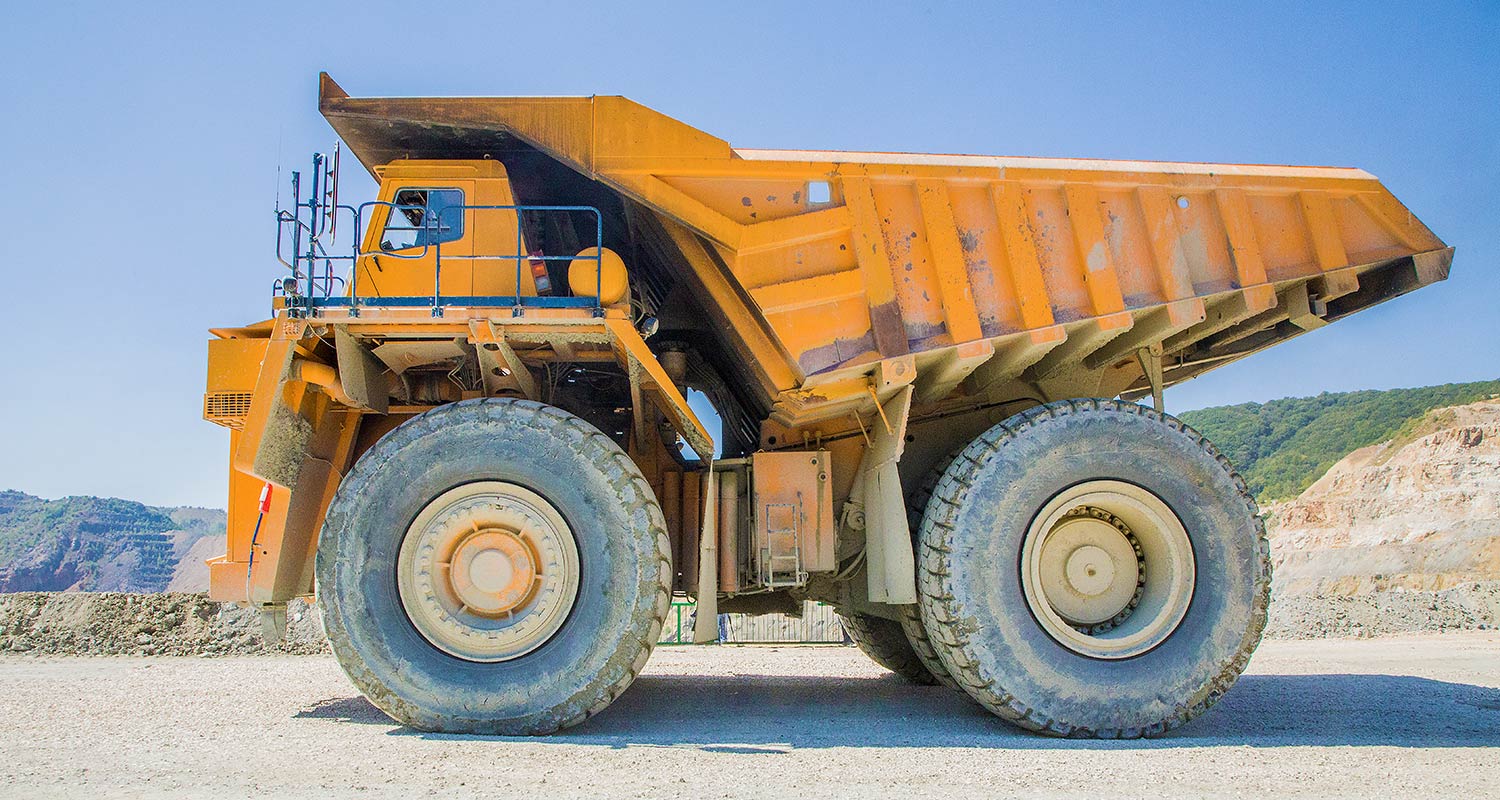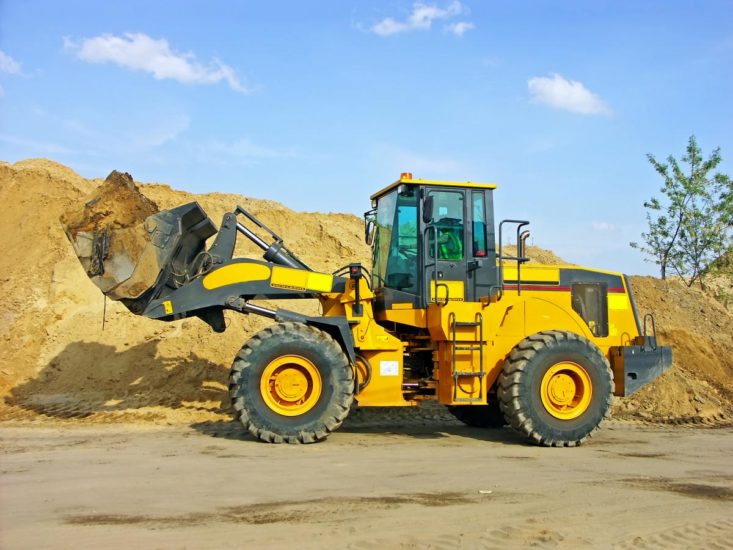Renting Vs. Acquiring Building Devices: Making the Right Option for Your Task
When embarking on a building project, one of the important decisions that forecast managers and stakeholders face is whether to lease or acquire building equipment. The choice hinges on different aspects such as expense factors to consider, project period, equipment maintenance, scalability, flexibility, and risk administration.
Cost Considerations
When reviewing the financial facet of renting versus getting construction devices, the upfront costs and long-lasting costs should be thoroughly considered. Renting devices commonly requires reduced initial repayments contrasted to buying, making it an eye-catching alternative for temporary tasks or contractors with spending plan restraints. Renting eliminates the need for big capital outlays and decreases the economic threat connected with tools possession, such as maintenance and devaluation expenses. However, over time, consistently renting tools can accumulate greater expenses than acquiring, especially for extensive tasks.
On the various other hand, acquiring building and construction equipment involves greater upfront costs yet can result in long-lasting savings, specifically for regular customers or long-lasting tasks. Ultimately, the decision between renting and buying construction equipment pivots on the job's period, frequency of use, budget plan factors to consider, and long-term monetary objectives.
Task Duration

Alternatively, for long-lasting jobs or recurring construction job, buying tools can be the much more affordable option. Acquiring tools can lead to set you back savings over time, especially if the tools will certainly be frequently used. Additionally, having tools provides a feeling of control over its availability and enables for personalization to fit particular project demands.

Tools Maintenance
Provided the important role task duration plays in determining the most economical method in between leasing and getting construction equipment, the focus now shifts in the direction of analyzing the essential aspect of tools upkeep. On the various other hand, owning equipment needs a positive technique to upkeep to avoid breakdowns, guarantee safety, and extend the equipment's lifespan. Ultimately, a well-maintained building and construction equipment fleet, whether rented out or owned, is important for the effective and successful completion of building and construction jobs.
Adaptability and Scalability
In the world of construction tools administration, the facet of versatility and scalability holds substantial importance for task efficiency and source usage. Opting to lease building and construction devices gives a high level of versatility as it permits for the fast adjustment of devices types and quantities based on the progressing demands of a task.
Additionally, scalability, an additional important factor, is inherently connected to versatility. Renting building tools supplies the advantage of easily scaling procedures up or down as project demands fluctuate. Professionals can swiftly include or exchange equipment to match the job's altering needs without the restrictions of owning possessions that webpage may come to be underutilized or outdated. This ability to scale resources successfully can lead to expense financial savings and enhanced task timelines, making renting a favorable alternative for jobs calling for adaptability and receptive resource appropriation.
Threat Management
Reliable threat monitoring in building and construction tools operations is critical to guaranteeing job success and mitigating possible monetary losses. Building and construction projects inherently include numerous risks, such as equipment failures, mishaps, and job delays, which can significantly influence the project timeline and spending plan. By carefully taking into consideration the threats related to owning or leasing building equipment, project managers can make enlightened decisions to reduce these prospective hazards.
Leasing construction devices can provide a level of risk reduction by transferring the duty of repair and maintenance to the rental firm. This can lower the economic problem on the project proprietor in instance of unexpected devices failings (forklift rental). Additionally, leasing offers the versatility to gain access to customized tools for specific job phases, decreasing the risk of possessing underutilized machinery
On the various other hand, owning construction equipment provides a sense of control over its use and upkeep. However, this also implies bearing the full duty for fixings, maintenance expenses, and depreciation, increasing the economic threats related to equipment possession. Mindful threat evaluation and consideration of variables such as job duration, tools usage, and maintenance requirements are vital in identifying one of the most suitable choice for efficient risk administration in building and construction projects.
Conclusion
Finally, when making a decision between purchasing and leasing building tools, it is necessary to think about expense, project duration, tools maintenance, flexibility, scalability, and risk monitoring. Each variable useful reference plays a vital duty in identifying the most ideal option for the job at hand. By meticulously examining these aspects, job managers can make an informed choice that aligns with their Recommended Site spending plan, timeline, and general job objectives.
